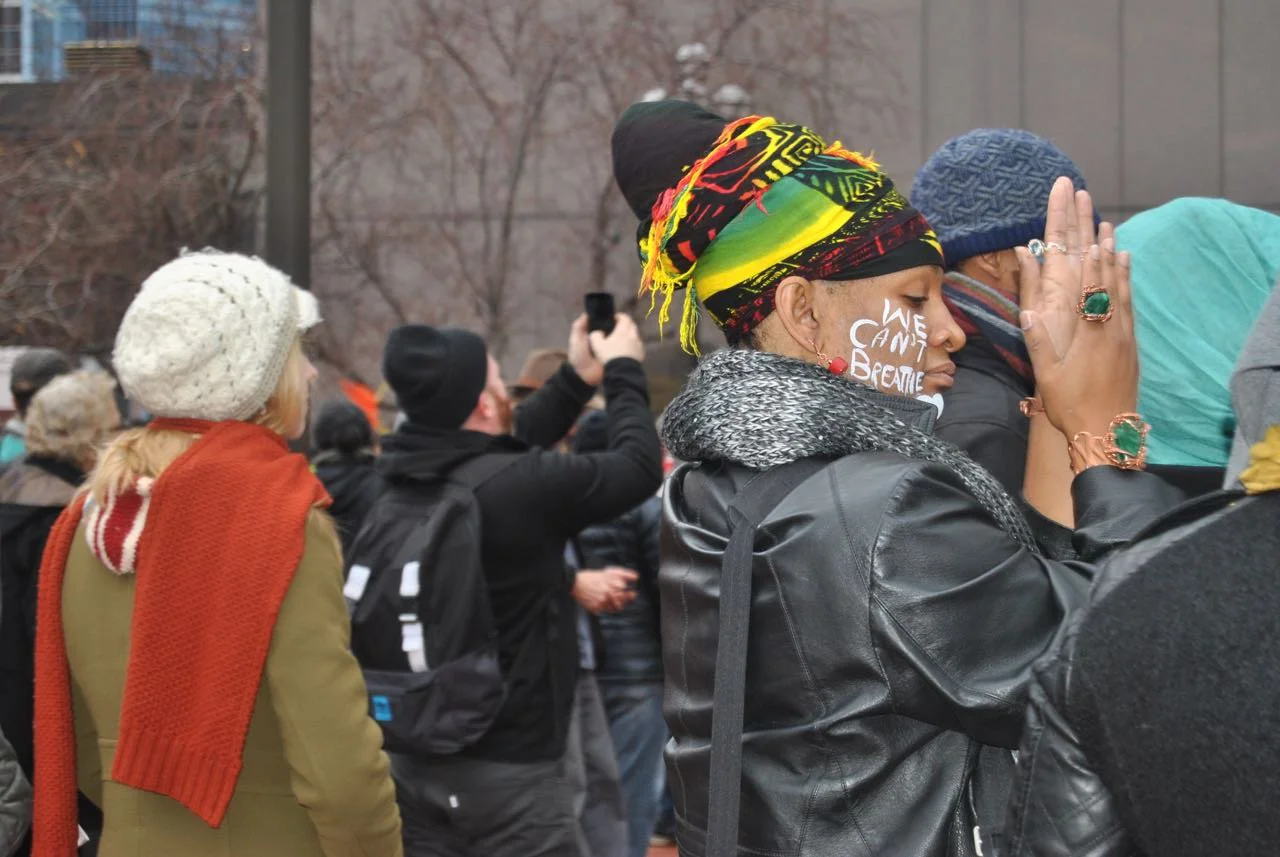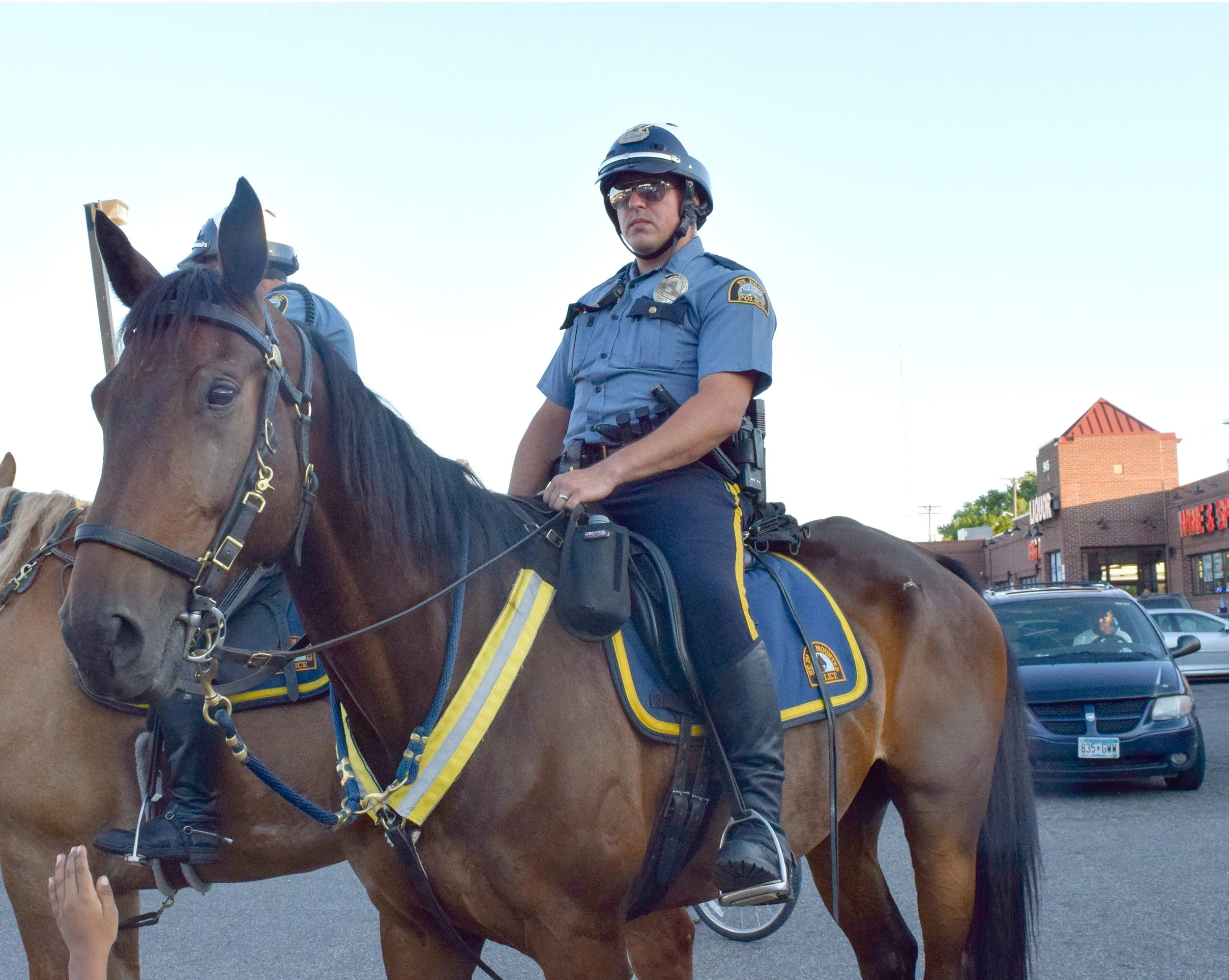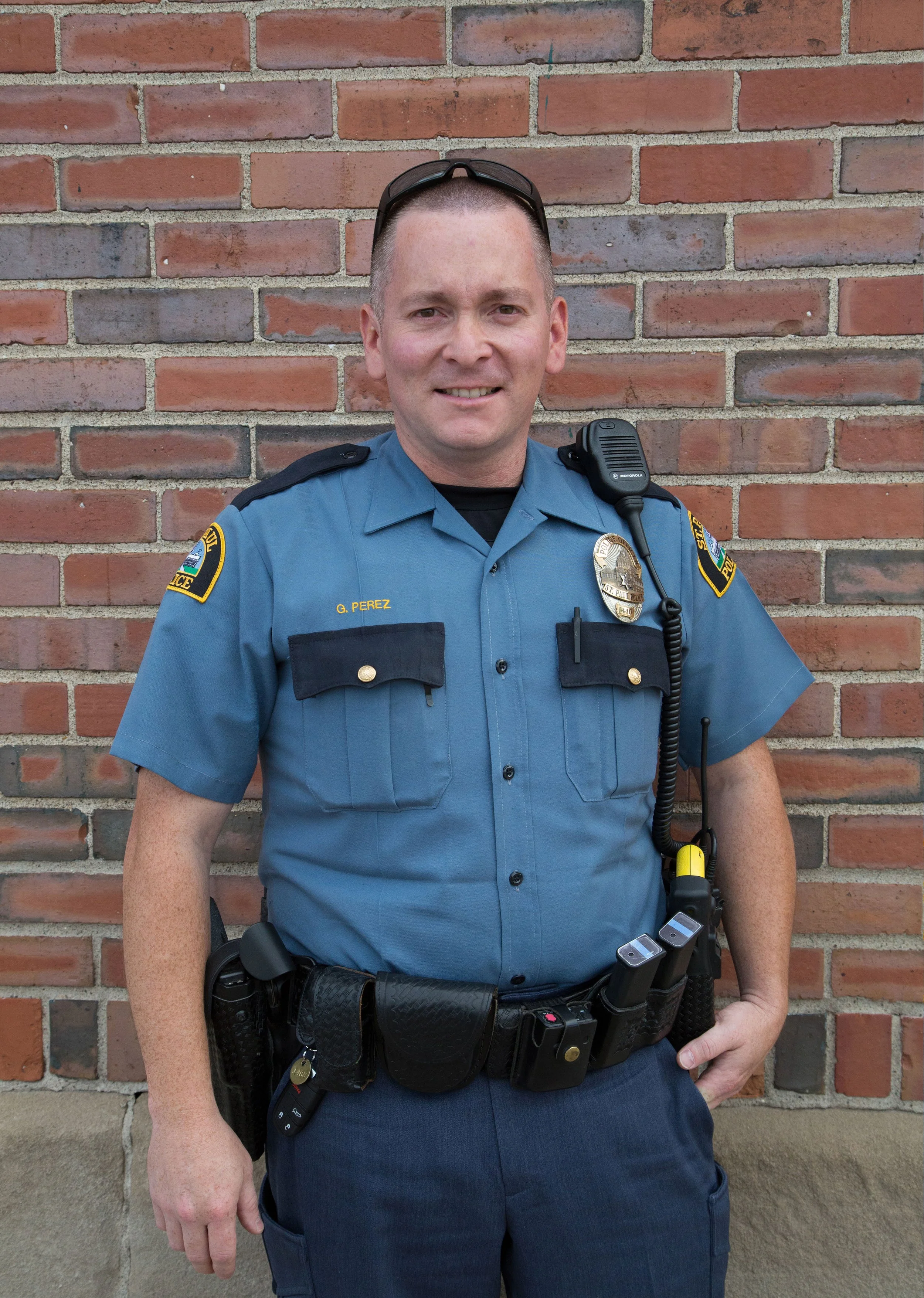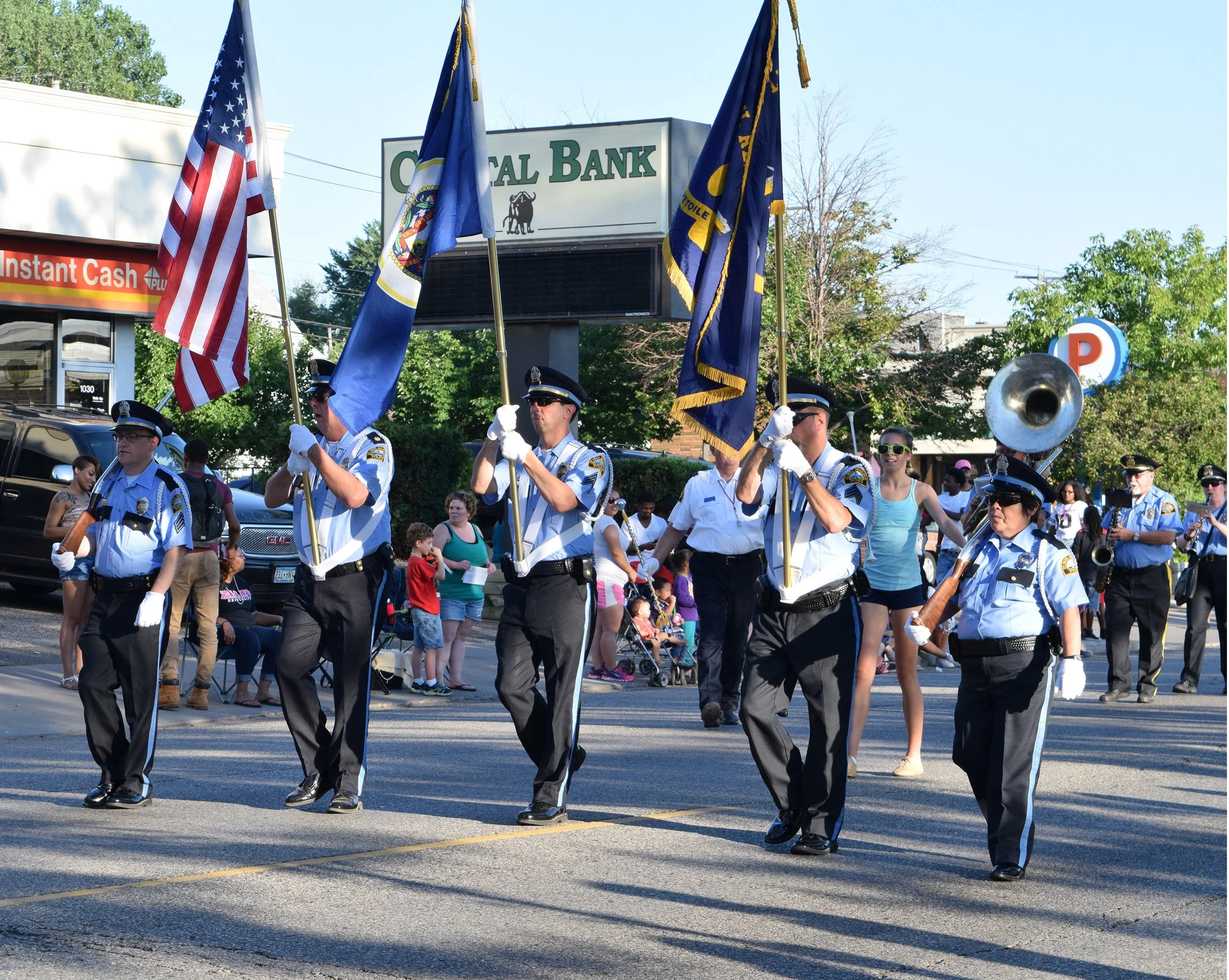NORTH END ARTS
circa 2015
NORTH END ARTS represents our first creative efforts working with youth and families to introduce digital art making practices and present the community we live with as artists and neighbors. Eventually the exhibit transformed into a broader initiative entitled Voices of the North End that presented profiles of our neighbors, small business and more.
Collages
produced by Sherita Townsend and youth living in the neighborhood.
Hear Me out
a portraiture series by DeAndre Wilkins honoring African American men and their stories that live in the north end neighborhood.
activism & The Art of Photography
photographs by Goldi Banks / supported by IP artist Yeeleng Vue
Digital Kids
photographs of kids by kids in our north end neighborhood.
A Walk Through The Neighborhood
photographs by Kamarie Stringer & Quanisha Hill supported by IP artists Xiong Lor, Tomas Leal and Kazua Melissa Vang
Protect & Serve
photographs by Kamarie Stringer & Quanisha Hill supported by IP artists Xiong Lor, Tomas Leal and Kazua Melissa Vang
Local Leadership - honoring the board members of the North End Neighborhood Association
photographs by Tomas Leal and Quanisha Hill
One of Saint Paul’s largest residential areas, the North End houses a number of businesses, schools, churches and parks. The neighborhood was developed in the 1870s and 1880s south of Maryland Avenue, where Victorian-era homes were built on narrow lots. The neighborhood's northern half was developed in the 1920s or later; the area along Wheelock Parkway was developed in the 1950s. The main commercial corridor is Rice Street (named after the famous Minnesota politician Henry M. Rice), which became a commercial corridor in the late 1890s with the arrival of streetcars.
The North End is home to MaryDale Park, Lewis Park, Sylvan Park, Lyton Park and the Front Avenue Skate Park. The North End houses numerous schools. Some of the state’s more prominent politicians, such as Henry Sibley, William Marshall and Alexander Ramsey, are laid to rest at Oakland Cemetery. The North End also marks the start of the Gateway Trail, and the Trout Brook Nature Sanctuary and Reserve is found at its eastern border. The Willow Reserve, a bird sanctuary, is a 5.5-acre wetland and home to many species of birds.
The North End is rich in history and traditions dating back to the 1800s as well as embracing customs from newer arrivals, being home to the largest population of Karen and Karenni immigrants from Burma. The entire North End has been designated an “Area of Concentrated Poverty” by the Metropolitan Council as an area where at least 50% of residents are people of color and at least 40% of residents have family incomes less than 185% of the poverty level. The following are some of the statistical characteristics facing the residents of the North End, compared to the larger City of Saint Paul:
70 percent are people of color, compared to 46 percent citywide
29 percent foreign born, compared to 19 percent citywide
36 percent are below the poverty line, compared to 22 percent city wide































































